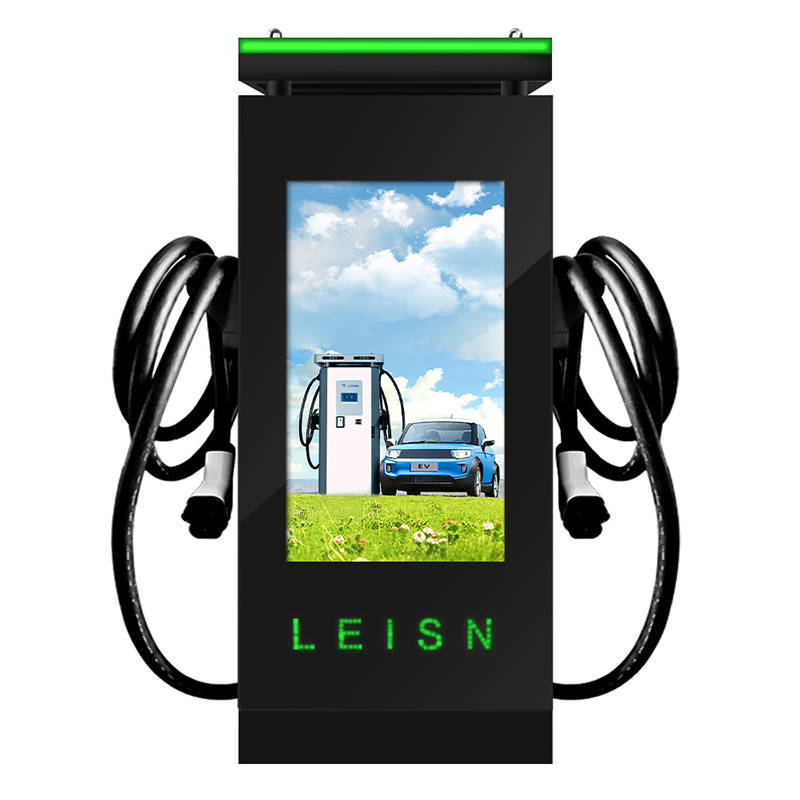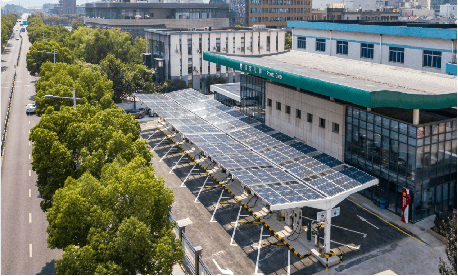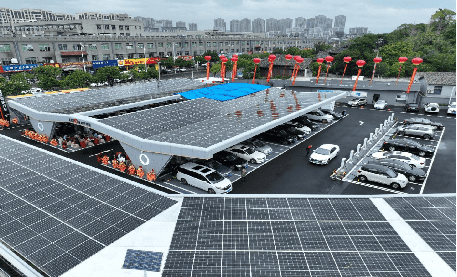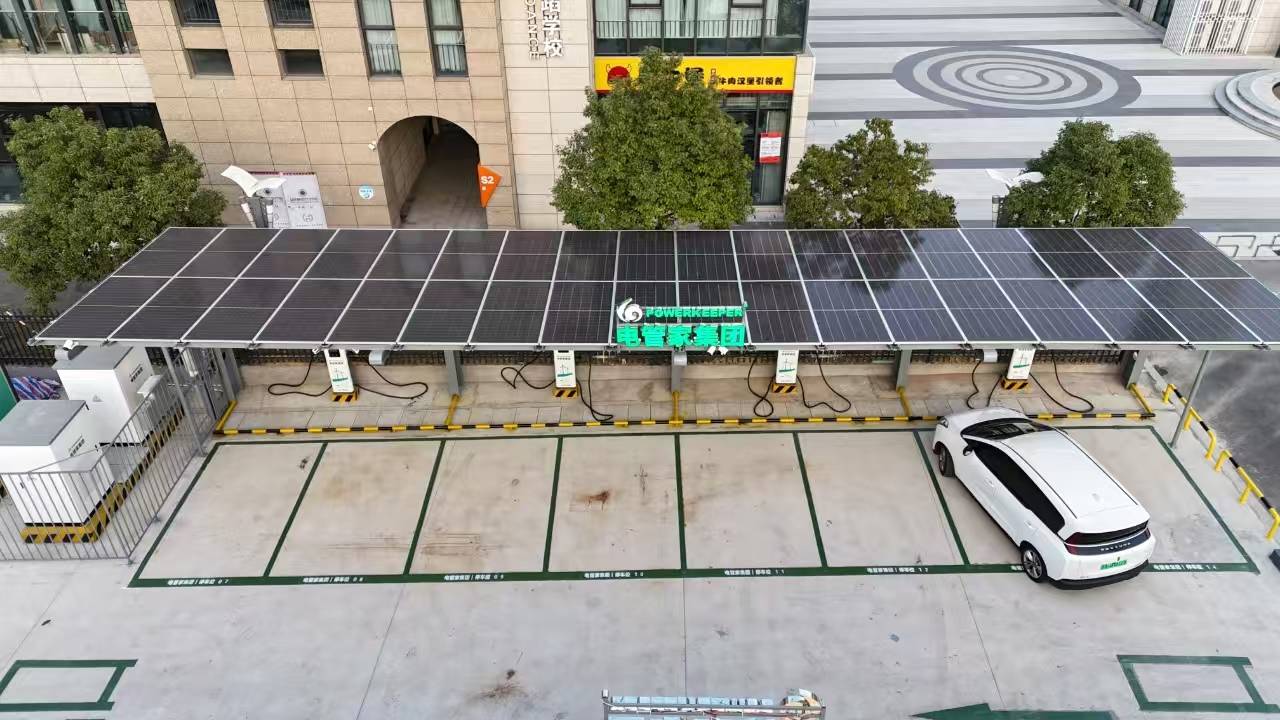
Integrated PV-ESS-EV Station
Integrated PV-ESS-EV Station
Photovoltaic storage charging station is a new energy infrastructure that integrates photovoltaic power generation, energy storage system, and intelligent charging. By converting solar energy into electricity through rooftop/carport photovoltaic panels, coupled with energy storage batteries to stabilize peak and valley electricity prices, green power is provided for electric vehicles. The system supports V2G (Vehicle to Network Interaction) technology to achieve bidirectional energy flow.
Target Customers
Industrial parks, commercial complexes, logistics and warehousing enterprises, bus stations, highway service areas, tourist attractions, community charging stations, microgrid users, and policy pilot units.

EPC Mode
As the general contractor, our company provides full process services for design,
Procurement and construction of charging station projects to ensure high-quality delivery.

Technical Equipment Service Mode
The company is responsible for providing charging equipment and related power facilities. Provide technical guidance and equipment installation services, collaborate on debugging, and ensure the normal operation of the system.
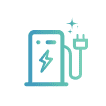
Operation Management Service Model
The company provides development, access, and operation services for charging platforms, supporting comprehensive agency operations. Realize platform interconnectivity, including our devices accessing third-party platforms, or third-party devices accessing our platform.
economy
Photovoltaic power generation reduces electricity costs, and energy storage systems participate in grid peak shaving to obtain benefits;
Environmental friendliness: can reduce CO ₂ emissions by about 50 tons/MW annually (taking East China as an example);
stability
The energy storage system ensures the off grid operation capability of the charging station to cope with sudden power outages;
Policy support: Enjoy subsidies for renewable energy, special incentives for charging infrastructure construction, and cooperation models between local governments and investors;
environment protection
Directly supplying charging stations through photovoltaic power generation reduces dependence on thermal power generation and achieves zero carbon emissions throughout the entire lifecycle. Meanwhile, retired power batteries can serve as energy storage media, promoting the recycling of battery resources;
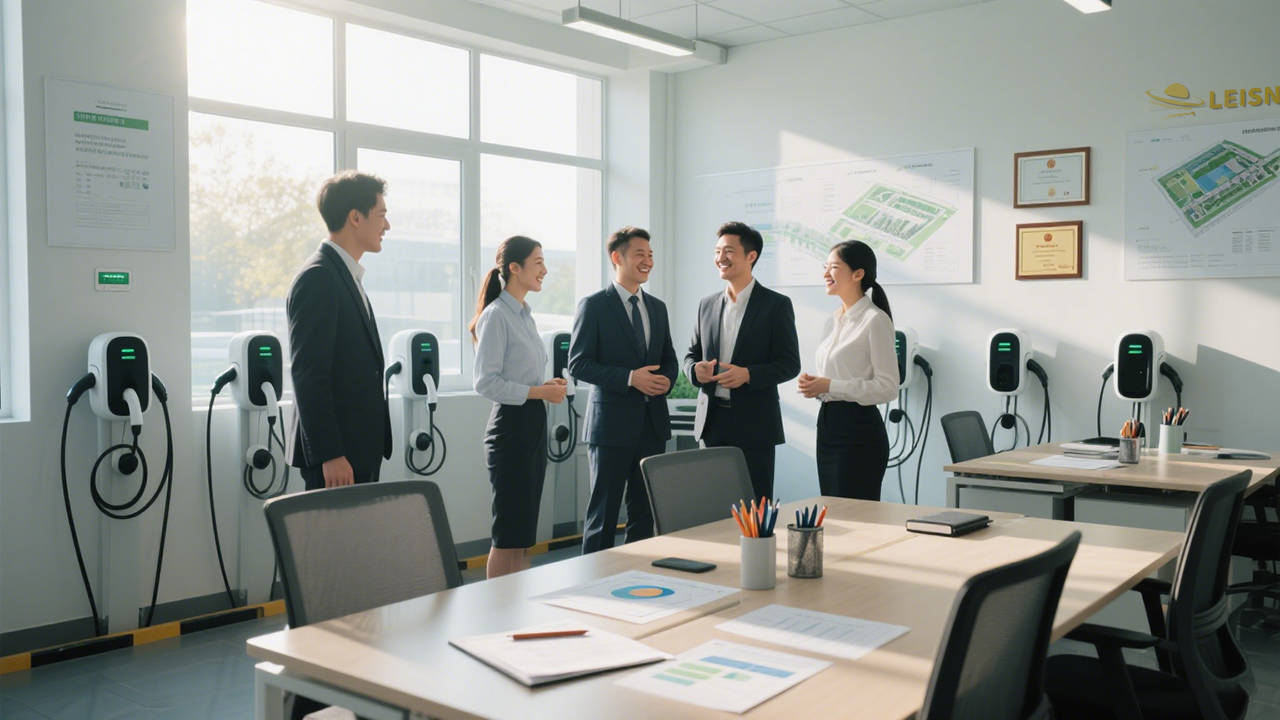
Venue and investor cooperation model
Venue sharing mode: Owners can invest in providing the venue themselves, or investors/third parties can provide the venue and share profits. Sharing ratio: Negotiated based on the location and market value of the site, generally within 10% of the gross profit of the charging station.
Venue leasing model: Rent is evaluated based on the location of the venue, and investors pay a fixed rent according to the agreement.
Minimum rental and profit sharing model for the venue: The venue negotiates with investors and adopts a cooperative form of combining minimum rental with profit sharing.
BOT model (government or commercial institution owned site): Adopting the “construction operation transfer” model, the investor is responsible for construction and operation, and the site and facilities are transferred after the cooperation period expires.
Project investment cooperation mode
Self built operation mode: Investors independently undertake construction and operation, and obtain full income.
Joint venture operation model: Multiple parties jointly invest in construction and operation, and distribute profits according to the proportion of shares.
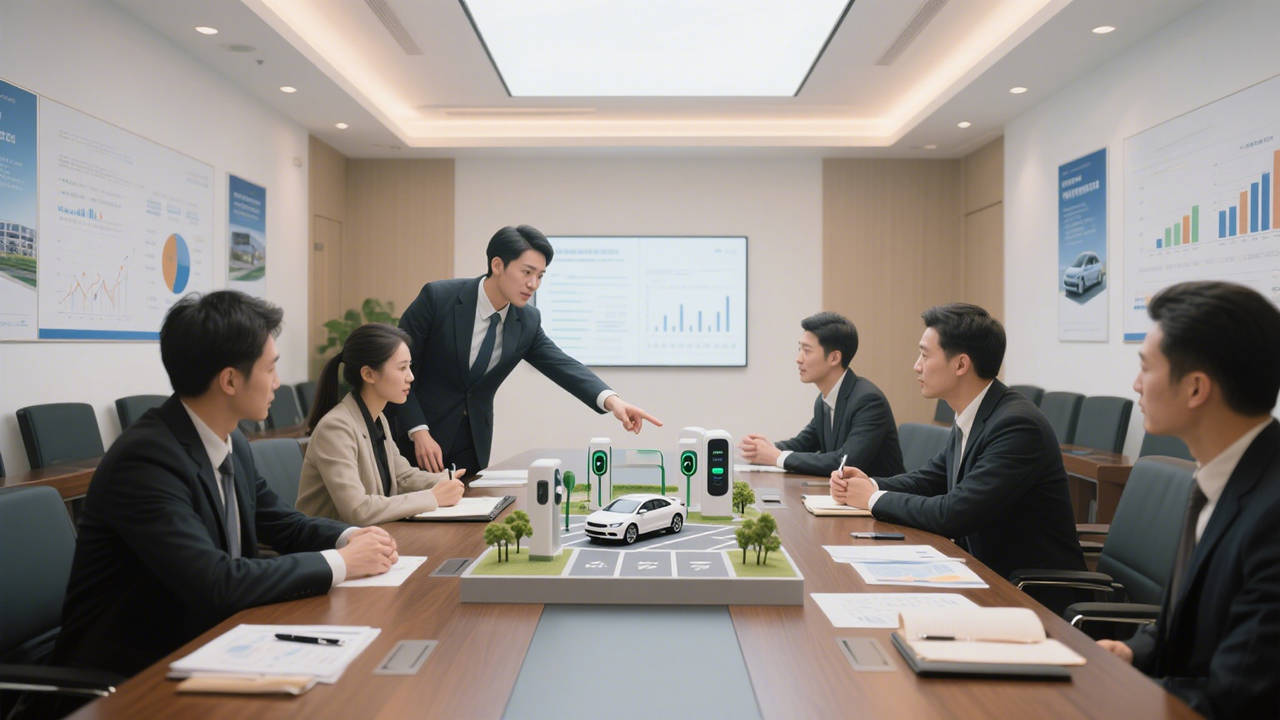
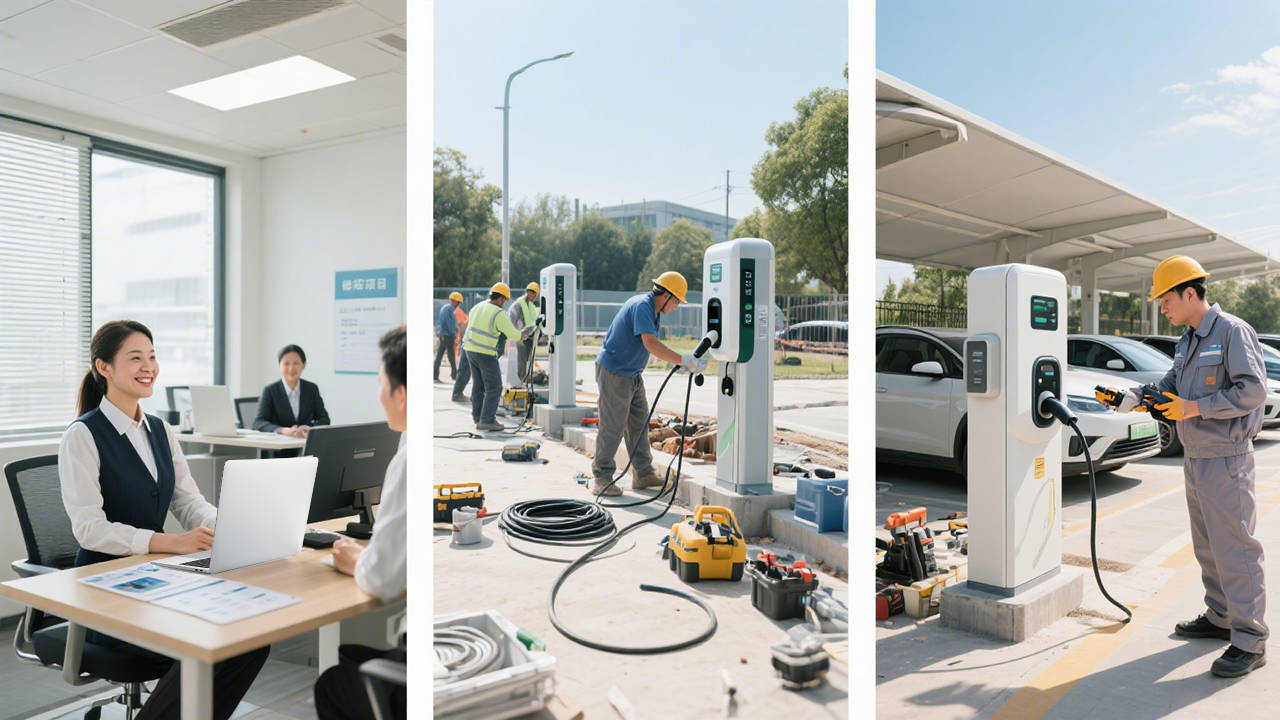
Pre sales, implementation, and after-sales full cycle service
Pre sales: Provide free technical consultation and on-site research, and customize design solutions according to customer needs.
Implementation: Equipment production and transportation, on-site construction and commissioning, ensuring timely delivery.
After sales: Provide a 3-year warranty and lifetime maintenance service for the equipment. Regular inspections and emergency response support to ensure long-term stable operation and full cycle service.


































.png) PV-Storage-Charging
PV-Storage-Charging-1.png) High & Low Voltage Switchgear
High & Low Voltage Switchgear Company Profile
Company Profile News Information
News Information Service Support
Service Support Cloud Platform Customized Development
Cloud Platform Customized Development Leisheng Charging International Platform
Leisheng Charging International Platform Leisn Home Charging Platform
Leisn Home Charging Platform
